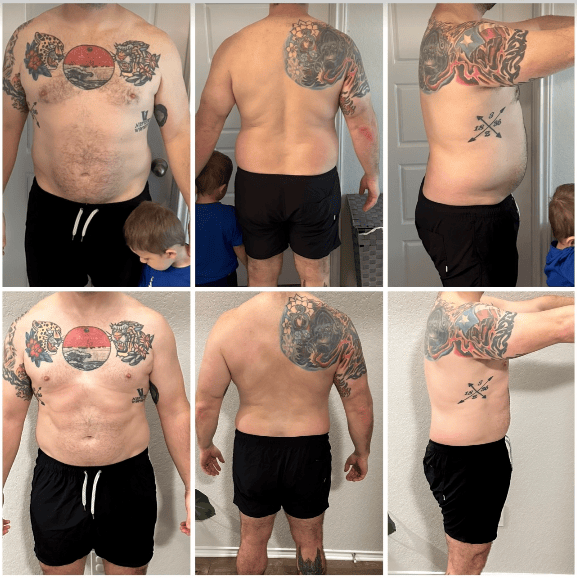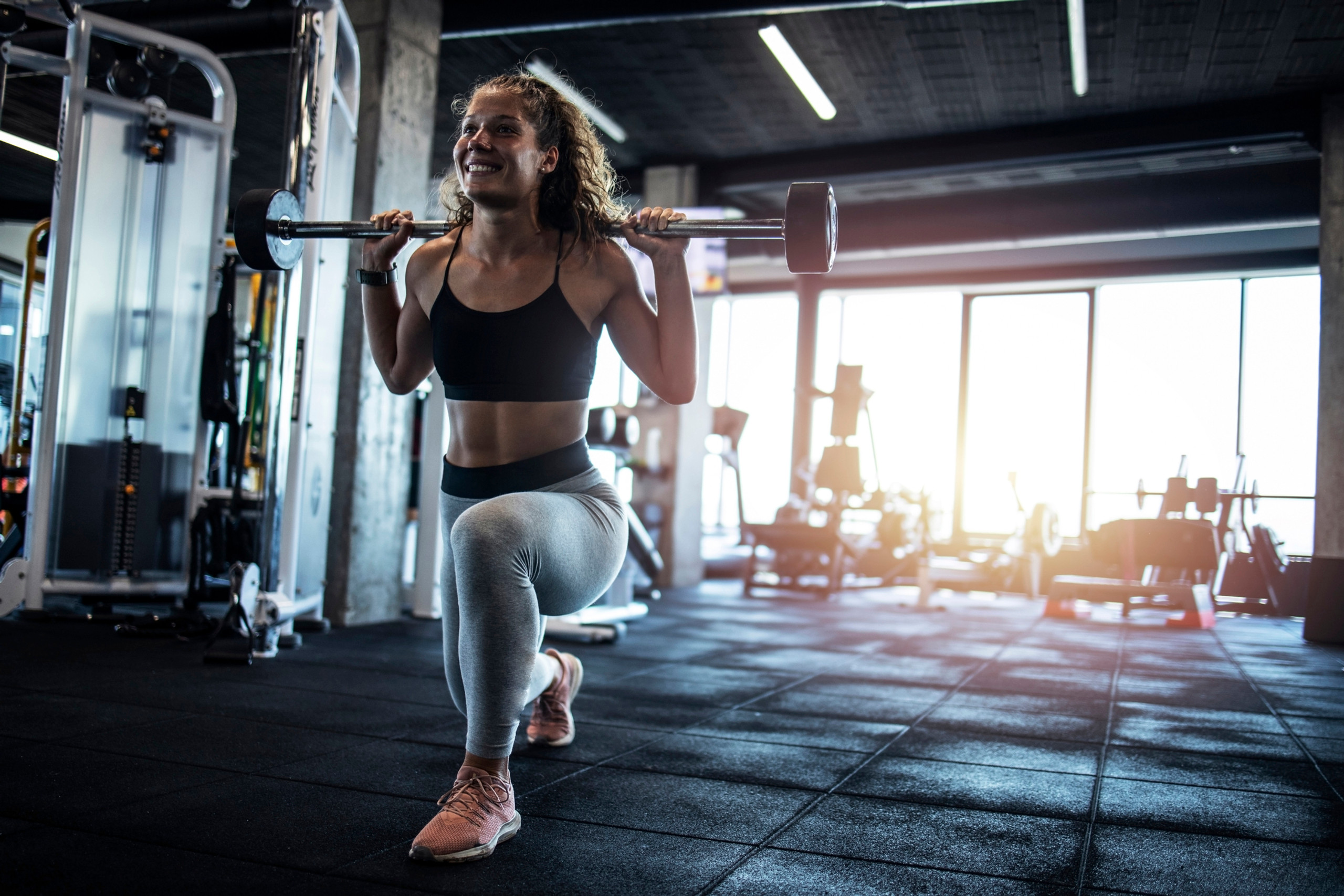We all know we should be getting more movement, but still less than a quarter of Americans are currently meeting the physical activity guidelines [1].
The problem isn’t that we don’t know that movement is important.
If you ask most people what they need to do to be healthier they would likely say some version of, “Move more and eat more real food.” And this answer is so spot on, for increasing your health and reducing your risk of chronic disease and death getting more movement is likely one of or maybe even the MOST important habit to build into your daily life [2].
Physical activity and preserving muscle mass also look to be protective against chronic disease and death at every BMI category [3-6].
WINNING for EVERYONE!
This is why higher levels of daily movement (>8,000 steps) and some form of resistance training or exercise at least twice per week are some of the first habits we are looking to build with My Fit Life.
The problem isn’t that we don’t know what to do…the problem is actually doing it day in and day out.
Thus, how can we make getting more physical activity actually stick long-term?
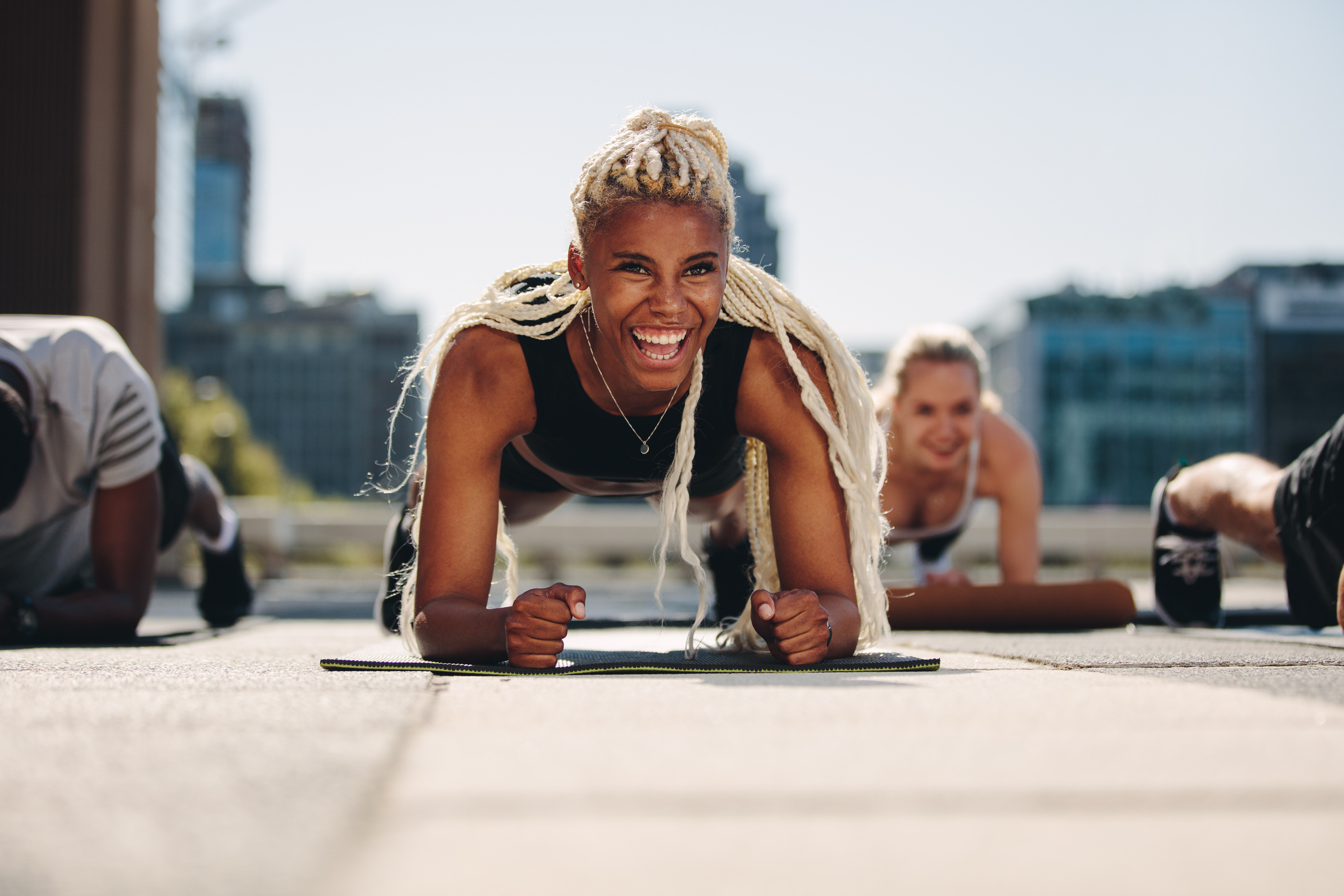
1. Find something you enjoy.
Helping someone find a way to move their body that they LOVE is honestly one of the first things I am trying to do as a coach.
Humans are built to move. It is baked into our genetic code and without some type of movement practice sustaining any type of body composition results is going to be so much harder…maybe almost impossible.
I don’t care if it is Zumba, Tae Bo, Yoga, Exer-Gaming, CrossFit, Orange Theory, Bodybuilding, Powerlifting, Climbing, Hiking, or Racquetball if someone doesn’t have a movement practice they love I am going to highly recommend getting out there and trying a bunch of different stuff in order to potentially find a match-fit for you.
Go figure, it also looks like when people find a type of exercise more fun and enjoyable they are more likely to stick with it long-term [7].
“One critical determinant ensuring long-term engagement in physical activity could be the reinforcement of intrinsic motivation, through interest and enjoyment. Physical activity regimens comprised of new exercises or varying familiar exercises could raise participants' interest and enjoyment and enhance their adherence to physical activity, ultimately leading to better health.” - Lakicevic et al., 2020 [8]
*A little asterisk here is that some form of resistance training is probably worth it even if you don’t super like it because without fighting gravity in some way we will all likely start to lose muscle as we age.
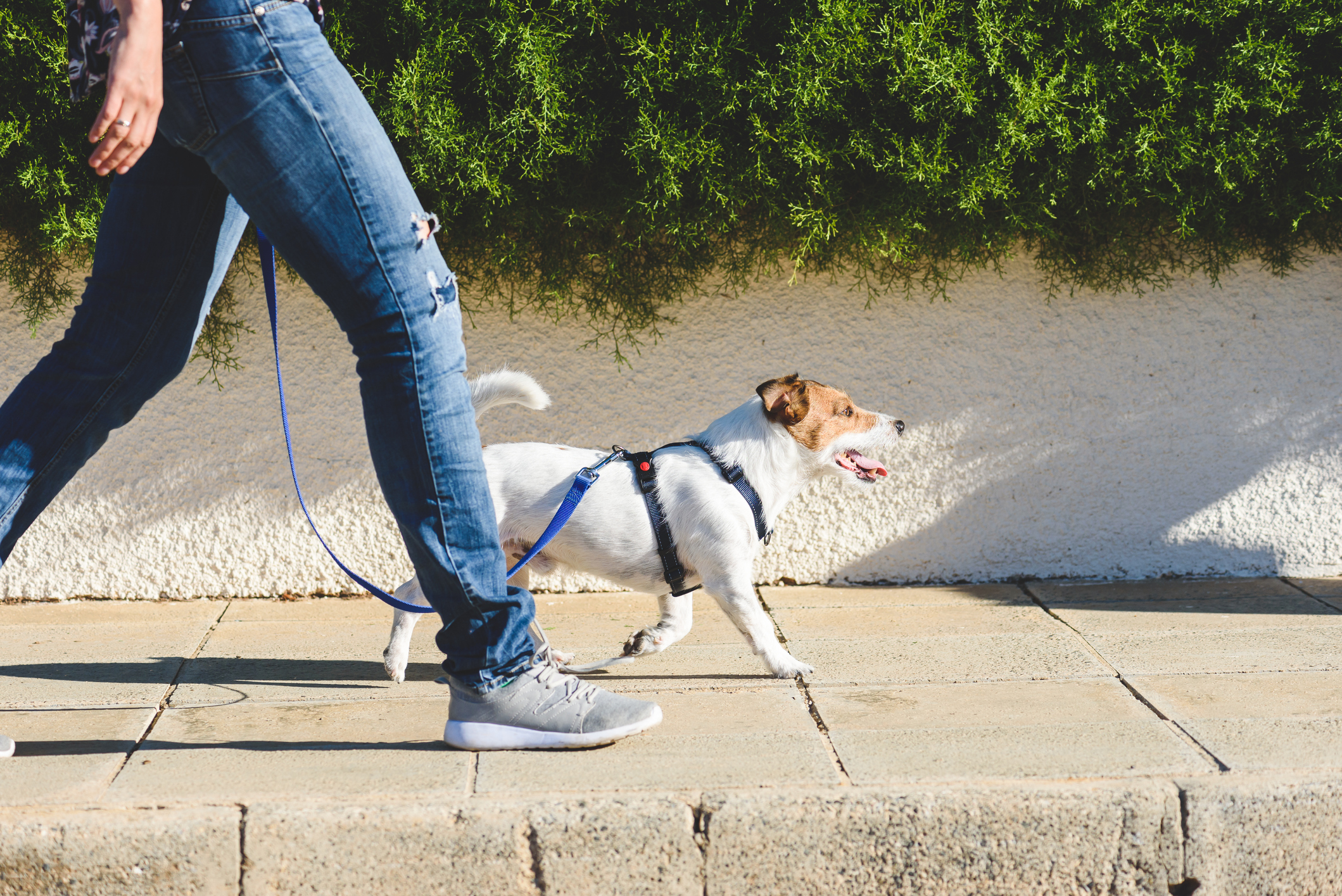
2. Lower the barrier of entry and MOVE 5 to 6 days a week.
One of the central tenets in building a habit is how can we make doing the thing we want to do EASIER [9].
This doesn’t mean that the action itself is easy, it means we are making it easier to go do the thing and if we give this enough time it will start to feel NORMAL.
It starts to become, “this is just what I do” and that is where the MAGIC happens…auto-pilot.
Here are some tips to make getting to the gym easier.
Find the absolute most convenient gym for you. How can you lower the amount of effort you need to make getting to the gym easier?
In the beginning instead of saying I am going to go to the gym for an hour…try 20 or 30 minutes. I am generally in favor of people going to the gym more often to start to groove the routine and give them more time to recover, especially when they are just starting.
Or maybe you hate actually going to the gym and it is worth it for you to buy some equipment for your home. I have seen this strategy work wonders over the last two pandemic years. Having this dedicated space to move can really be a game changer for some people.
Honor what has worked and not worked for you in the past.
If you have been trying to go to the gym every year and it never seems to stick…maybe it is time to try something else?
The key is to train in a way that is effective and efficient in a place that you enjoy being.
If you can move your body in some way on most days it can really start to make this routine stick.
Below is a sample of a weekly plan that might work well for someone just getting started.
Monday – 20 to 45 minute walk
Tuesday – Circuit Training
Wednesday – Try something you might like…Zumba, Group Classes, Exergaming, HIIT.
Thursday – 20 to 45 minute walk
Friday – Circuit Training
Saturday – 20 to 45 minute walk or if you have the time try something from above.
Sunday – OFF, but maybe you take a walk because you are liking it.
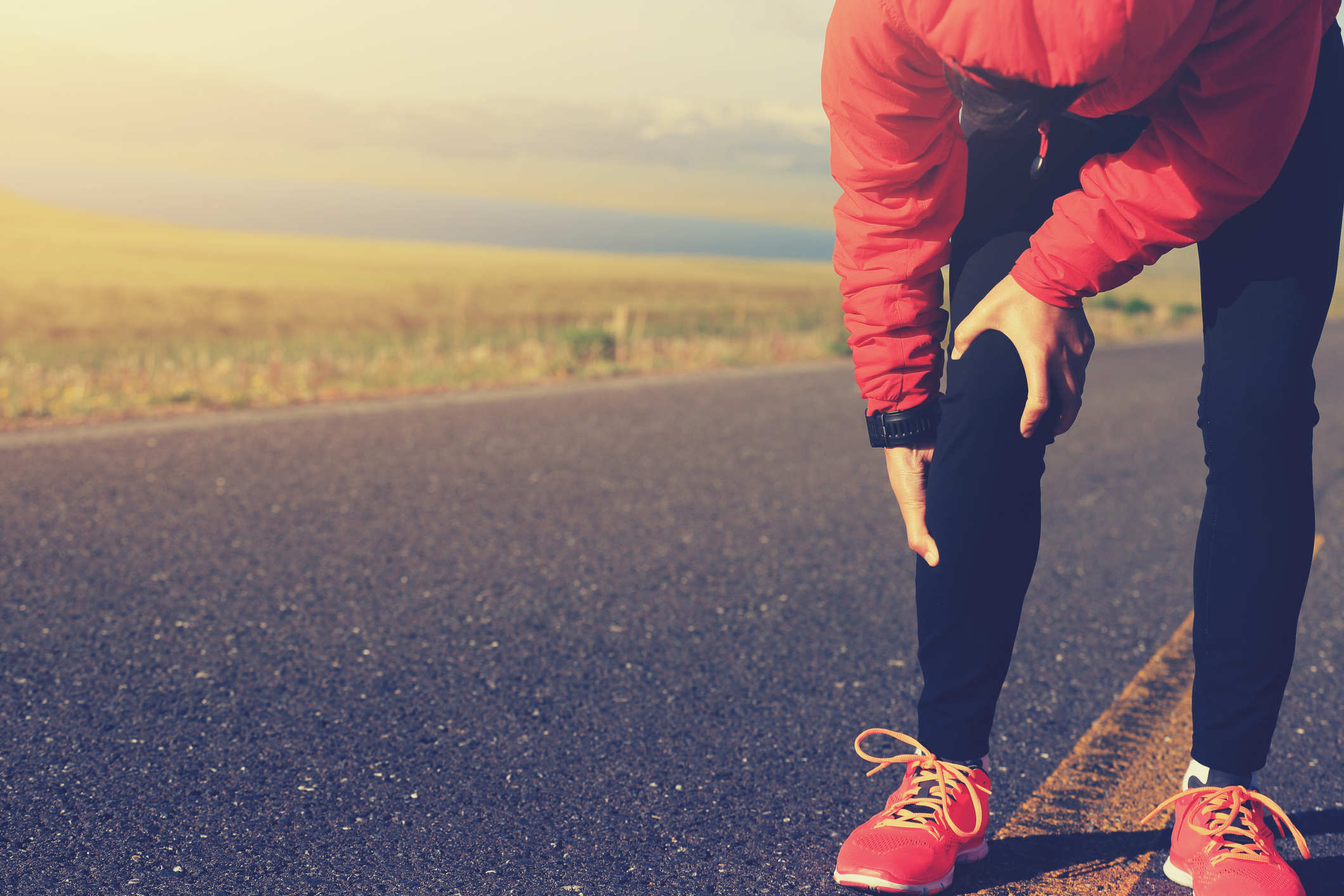
3. Don’t get hurt.
Nothing side tracks progress like an injury and the most common cause of injury is trying to do too much too fast [10].
In the sports science world we call this a load spike and it happens when someone increases their training volume by more than 50% in a week [11].
In the beginning, load spikes are inevitable because people are going from very little exercise to some exercise. This is why I really like the weekly schematic above of two circuit training workouts a week, one or two other types of exercise, and some light walking to groove the movement habit.
As you accumulate more time exercising and get more consistent your risk of injury likely goes DOWN, not up and strength training programs may reduce injury risk in other sports [1] and resistance training is very likely a useful component of injury rehabilitation [2].
The next most common causes of injury at the gym are getting crushed by falling weights and tripping or falling.
So please please pay attention when you are at the gym and if you don’t feel confident about how to use a certain machine or you are a little iffy about your form on a new exercise I really do think that it can be helpful to hire a good coach or trainer in the beginning.
Below are some comparisons of injury risk per 1000 hours for a variety of different activities and these numbers highlight why I don’t really recommend recreational running if someone doesn’t already know they love running.
In the research, bodybuilding/circuit training workouts, indoor cycling, and walking seem to be safest ways to move.
Remember the numbers below are all averages and these statistics can likely be lowered with quality movement, load management, and experienced coaching.
Also, these are individual decisions and if you love something like BJJ, the injury risk may be worth it for you and that is absolutely no problem. I am just excited you found something you intrinsically enjoy! See number 1!
Team Sports (Competition) = 13.8 [12] This is an average of 15 sports…Football was the highest.
Team Sports (Practice) = 4.0 [12]
Novice Runners = 17.8 [13]
Recreational Runners = 7.7 [13]
“20.1% of recreational runners were injured in preparation for a running event.” – Dallinga et al., 2019 [14]
51 to 66% of runners report being injury in 1 to 2 years of training [15-17]
Running = 1.07 injuries per 1000 km [13]
Cycling = 0.007 injuries per 1000 km in top-level road cyclists [18]
*The risk profile would likely get even more asymmetrical if you compared something like Peloton to Novice or Recreational Running because you generally wouldn’t have road related accidents like falls to deal with.
Strongman = 5.5 [19, 20]
Powerlifting and Weightlifting = 1.0 - 2.6 [21] with ~0.3 to 0.4 injuries per year [22]
*There is nuance here because as much as 43 to 70% of powerlifters report that they are dealing with some “injury” that is affecting their training [22-25].
CrossFit = 0.27 - 3.1 [26-28] – Likely is more injurious than traditional weightlifting [29].
Bodybuilding = 0.12 -0.7 [20]
Yoga = 0.6 - 1.49 [30, 31]
BJJ = ? “Ninety-one percent of participants were injured in training” Petrisor et al., 2019 [32]
#GIVEAFIT
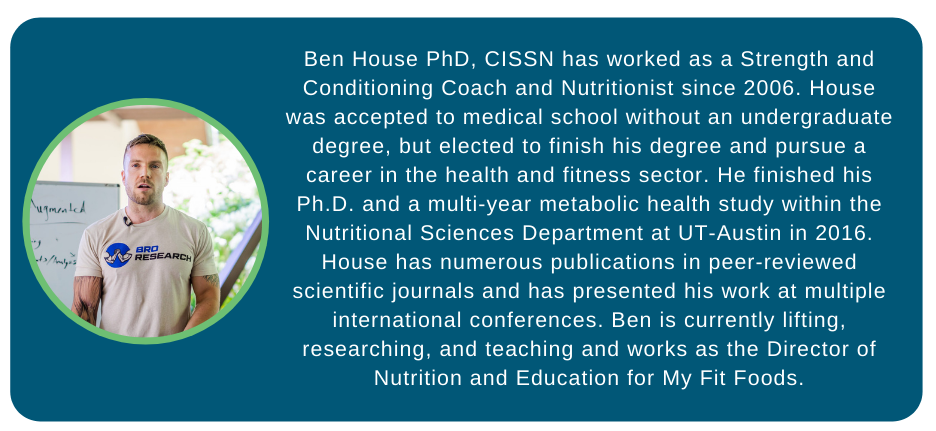
REFERENCES:
1. Virani, S.S., et al., Heart Disease and Stroke Statistics-2020 Update: A Report From the American Heart Association. Circulation, 2020. 141(9): p. e139-e596.
2. Jayedi, A., A. Gohari, and S. Shab-Bidar, Daily Step Count and All-Cause Mortality: A Dose-Response Meta-analysis of Prospective Cohort Studies. Sports Med, 2021.
3. Abramowitz, M.K., et al., Muscle mass, BMI, and mortality among adults in the United States: A population-based cohort study. PLoS One, 2018. 13(4): p. e0194697.
4. Valenzuela, P.L., et al., Joint association of physical activity and body mass index with cardiovascular risk: a nationwide population-based cross-sectional study. Eur J Prev Cardiol, 2021.
5. Srikanthan, P., et al., Sex Differences in the Association of Body Composition and Cardiovascular Mortality. J Am Heart Assoc, 2021. 10(5): p. e017511.
6. Tarp, J., et al., Fitness, Fatness, and Mortality in Men and Women From the UK Biobank: Prospective Cohort Study. J Am Heart Assoc, 2021. 10(6): p. e019605.
7. Woolley, K. and A. Fishbach, For the Fun of It: Harnessing Immediate Rewards to Increase Persistence in Long-Term Goals. Journal of Consumer Research, 2016. 42(6): p. 952-966.
8. Lakicevic, N., et al., Make Fitness Fun: Could Novelty Be the Key Determinant for Physical Activity Adherence? Front Psychol, 2020. 11: p. 577522.
9. Sapolsky, R.M., Behave: The Biology of Humans at Our Best and Worst. 2018: Penguin Books.
10. Gray, S.E. and C.F. Finch, The causes of injuries sustained at fitness facilities presenting to Victorian emergency departments - identifying the main culprits. Inj Epidemiol, 2015. 2(1): p. 6.
11. Griffin, A., et al., The Association Between the Acute:Chronic Workload Ratio and Injury and its Application in Team Sports: A Systematic Review. Sports Med, 2020. 50(3): p. 561-580.
12. Hootman, J.M., R. Dick, and J. Agel, Epidemiology of collegiate injuries for 15 sports: summary and recommendations for injury prevention initiatives. J Athl Train, 2007. 42(2): p. 311-9.
13. Videbaek, S., et al., Incidence of Running-Related Injuries Per 1000 h of running in Different Types of Runners: A Systematic Review and Meta-Analysis. Sports Med, 2015. 45(7): p. 1017-26.
14. Dallinga, J., et al., Injury incidence and risk factors: a cohort study of 706 8-km or 16-km recreational runners. BMJ Open Sport Exerc Med, 2019. 5(1): p. e000489.
15. Lisa R Callahan, M., Overview of running injuries of the lower extremity, M. Karl B Fields and M. Jonathan Grayzel, FAAEM, Editors. 2021: https://www.uptodate.com/.
16. Winter, S.C., et al., A Multifactorial Approach to Overuse Running Injuries: A 1-Year Prospective Study. Sports Health, 2020. 12(3): p. 296-303.
17. Messier, S.P., et al., A 2-Year Prospective Cohort Study of Overuse Running Injuries: The Runners and Injury Longitudinal Study (TRAILS). Am J Sports Med, 2018. 46(9): p. 2211-2221.
18. De Bernardo, N., et al., Incidence and risk for traumatic and overuse injuries in top-level road cyclists. J Sports Sci, 2012. 30(10): p. 1047-53.
19. Winwood, P.W., et al., Retrospective injury epidemiology of strongman athletes. J Strength Cond Res, 2014. 28(1): p. 28-42.
20. Keogh, J.W. and P.W. Winwood, The Epidemiology of Injuries Across the Weight-Training Sports. Sports Med, 2017. 47(3): p. 479-501.
21. Raske, A. and R. Norlin, Injury incidence and prevalence among elite weight and power lifters. Am J Sports Med, 2002. 30(2): p. 248-56.
22. Siewe, J., et al., Injuries and overuse syndromes in powerlifting. Int J Sports Med, 2011. 32(9): p. 703-11.
23. Stromback, E., et al., Prevalence and Consequences of Injuries in Powerlifting: A Cross-sectional Study. Orthop J Sports Med, 2018. 6(5): p. 2325967118771016.
24. Patton, A., G. Nuckols, and A. Bleggi, Injuries in Powerlifting: Background and Overview. 2018: Stronger By Science.
25. Patton, A., What I Learned About Injury Rates from Surveying 1,900 Powerlifters. 2017: Stronger By Science.
26. Feito, Y., E.K. Burrows, and L.P. Tabb, A 4-Year Analysis of the Incidence of Injuries Among CrossFit-Trained Participants. Orthop J Sports Med, 2018. 6(10): p. 2325967118803100.
27. Aune, K.T. and J.M. Powers, Injuries in an Extreme Conditioning Program. Sports Health, 2017. 9(1): p. 52-58.
28. Hak, P.T., E. Hodzovic, and B. Hickey, The nature and prevalence of injury during CrossFit training. J Strength Cond Res, 2013.
29. Elkin, J.L., et al., Likelihood of Injury and Medical Care Between CrossFit and Traditional Weightlifting Participants. Orthop J Sports Med, 2019. 7(5): p. 2325967119843348.
30. Cramer, H., et al., Adverse effects of yoga: a national cross-sectional survey. BMC Complement Altern Med, 2019. 19(1): p. 190.
31. Jari Karppinen, How Common Are Yoga Injuries? The Science Weighs In https://jennirawlingsblog.com/.
32. Petrisor, B.A., et al., Injury in Brazilian Jiu-Jitsu Training. Sports Health, 2019. 11(5): p. 432-439.
About Author: Mario Mendias


